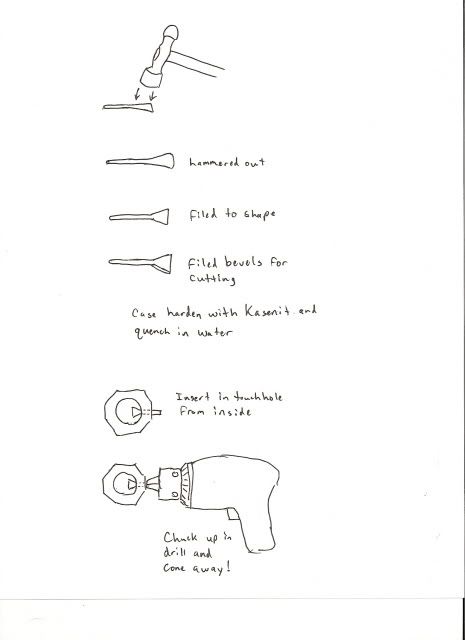Rollover Jack
36 Cal.
Mr. Wild...
I look at it from a different viewpoint. My liner is removable and I do so every time that I clean the barrel. However, you may not have a hooked breech to set the breech end into a pail of water. I can clean the fire channel and inspect it easily. You may not have a "patent breech" negating the inspection that I insist on doing. But if you ever dryball :cursing: , removing the vent liner will make it easy to trickle powder behind the ball and fire it out. This may be harder to do if not removed on a regular basis, using anti-seize on the threads, or even possible if it is a permanent installation. :2
"Less powder, more lead.
Shoots further, kills dead."
I look at it from a different viewpoint. My liner is removable and I do so every time that I clean the barrel. However, you may not have a hooked breech to set the breech end into a pail of water. I can clean the fire channel and inspect it easily. You may not have a "patent breech" negating the inspection that I insist on doing. But if you ever dryball :cursing: , removing the vent liner will make it easy to trickle powder behind the ball and fire it out. This may be harder to do if not removed on a regular basis, using anti-seize on the threads, or even possible if it is a permanent installation. :2
"Less powder, more lead.
Shoots further, kills dead."






